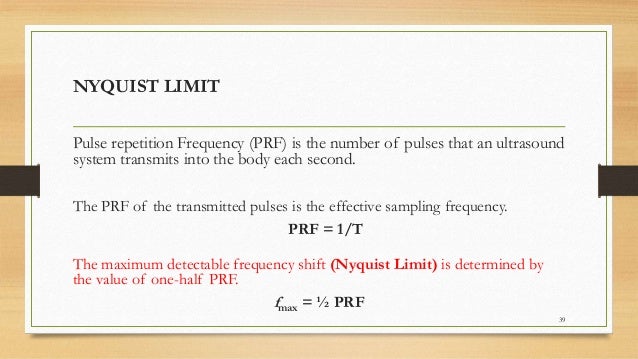
This article concerns itself only with Doppler shifts. Note: The frequency will default to A4 (440 Hz) and the temperature will. and for a receding source the frequency is Hz. then for an approaching source the frequency is Hz.

They describe the total difference in observed frequencies and possess the required Lorentz symmetry.Īstronomers know of three sources of redshift/ blueshift: Doppler shifts gravitational redshifts (due to light exiting a gravitational field) and cosmological expansion (where space itself stretches). and the velocity of the source is m/s mi/hr. Doppler shift can be understood by taking various cases as described below. The relativistic Doppler effect is different from the non-relativistic Doppler effect as the equations include the time dilation effect of special relativity and do not involve the medium of propagation as a reference point. Doppler effect is a physical phenomenon in which change in frequency is observed when there is relative motion between the source and observer.This is also called doppler shift. Oblique Doppler Effect This raises a further question.

The relativistic Doppler effect is the change in frequency, wavelength and amplitude of light, caused by the relative motion of the source and the observer (as in the classical Doppler effect), when taking into account effects described by the special theory of relativity. (15.19.1) 0 0 1 2 The light from the source is therefore seen by the observer to be redshifted, even though there is no radial velocity component. Frequency and velocity equations will then follow. The frequency is higher for observers on the right, and lower for observers on the left. The derivation of the Doppler Effect equations is the most straightforward by starting with the derivation of the wavelength equations. It will be proved that regardless of the nature of the emitted waves and the medium through which the waves propagate the formula always has the same form and is identical to the general Doppler effect formula for sound. Common applications of this effect in everyday life include hearing a car pass you on the interstate, or as you are waiting for the crosswalk to allow you to cross. PhysicsHigh 88. Using the fact that the wavelength is equal to the speed times the period, and the period is the inverse of the frequency, we can derive the observed frequency: os+xvTovTs+vsTsvfovfs+vsfsv+vsfsfofs(vv+vs). The Doppler effect is a given change in the frequency of a wave in a medium due to the velocity of either the source, observer, or both. A source of light waves moving to the right, relative to observers, with velocity 0.7 c. In this paper, we will derive the general equations for Doppler effect. The observer hears a wavelength of os+xs+vsTs.


 0 kommentar(er)
0 kommentar(er)
